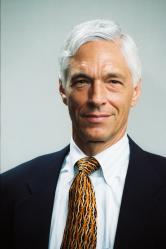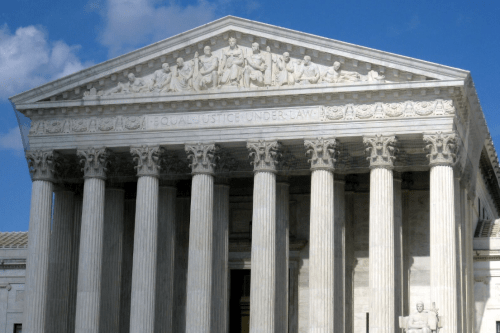Introduction
The Peace Corps was born in a different world, the Cold War world. It was created to win hearts and minds in the non-aligned developing countries, but its biggest impact may have been at home in America.
Nation building was the top priority for the Peace Corps when the first volunteers arrived in Ghana in August 1961. In retrospect, the complexities of nation building were grossly underestimated. The impact of the Peace Corps on economic growth in developing countries over the past 40 years has been too small to measure partly because of these complexities, but mostly because of the small scale of its operations.
After the first wave of pioneers, however, individual volunteers have attached greater importance to the second and third goals of the Peace Corps: promoting better understanding of Americans by people in culturally distant countries, and promoting better understanding of these people in the cities and towns of America. While it is impossible to quantify the increase in mutual understanding attributable to the Peace Corps since 1961, the personal relationships established and the insights gained are widely acknowledged both at home and abroad.
The zeal of the early 1960s was followed by a decade of gradual decline in the size and ambitions of the Peace Corps, which came close to succumbing to Vietnam-era cynicism on university campuses and to partisan politics in Washington. The fall of the Iron Curtain at the end of the 1980s and the historic transition to market economies and democratic political systems among the countries of the former communist bloc led to a resurgence of interest in the Peace Corps among developing countries (especially in Latin America) as well as among young Americans. This trend coincided with a new interest in creating opportunities for voluntary service domestically to produce a remarkable bipartisan consensus behind an expansion of the Peace Corps abroad and the creation of AmeriCorps to add muscle to volunteer programs at home. Nevertheless, the Peace Corps remains the only civilian volunteer program fully funded by the federal government.
Terrorism moved to the top of the foreign policy agenda after the attacks on New York and Washington on September 11, 2001. As part of his strategy of mobilizing Americans to tackle domestic and foreign problems, President George W. Bush proposed a doubling of the Peace Corps from 7,000 to 14,000 by 2007. Military intervention to establish stable and respectable regimes in Afghanistan and Iraq were much larger policy initiatives that sparked a new public debate in the United States and the United Nations about nation building. The HIV/AIDS epidemic in Africa and the intolerable conditions in failed states such as Burma, Haiti, Kosovo, Liberia, and North Korea added to public pressure to find new ways to reduce violence, deprivation, and suffering in the world.


